Pizza delivery giants are getting sliced. That’s illustrated by the latest results for Domino’s, which represents 53.7% of the UK pizza takeaway market
Last week, the company reported a 14.8% decline in pre-tax profits to £47.3m for the 26 weeks to 29 June, as like-for-like sales dipped by 0.1%.
Rivals aren’t faring much better. Just days later, Pizza Hut reported a 15% drop in profit to £60m for the second quarter to 30 June 2025, as sales fell by 1%.
Of the three biggest players in the UK, only Papa Johns has increased sales. At group level, turnover rose 4% to £937.8m for the quarter to 29 June 2025, while its international division – which includes the UK – grew 7% to £243.9m.
So why is the sector proving challenging? And why is Papa Johns an outlier?
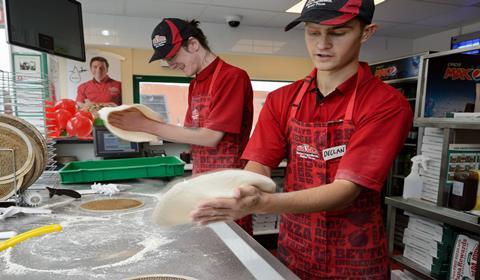
Pricing in pizza delivery is highly competitive – as illustrated in new research by foodservice data company Meaningful Vision. It shows pizza prices were up just 3% year on year in June, below a rise of 6.4% for fast food overall.
A lack of differentiation in the pizza segment has made brands dependent on offers, explains Meaningful Vision CEO Maria Vanifatova. “Around 20% of all pizza menus are meal deals, compared with an average of 17% across the sector.”
The rise of aggregator apps such as Uber Eats and Deliveroo has piled on pressure, as competitor menus are “equally accessible with just a few taps”, she points out.
“While they bring extra orders to pizza brands, they also promote competitors’ products, sometimes at even deeper discounts,” Vanifatova says.
However, an “even bigger threat”, warns GlobalData consumer analyst Ramsey Baghdadi, is supermarket pizzas. Chilled pizza value sales have grown 4.8% in retail [Worldpanel by Numerator 52 w/e 15 June 2025].
IGD senior analyst Nichola Gallagher says this shift is unlikely to change soon. “IGD predicts a 0.5ppt shift in food and drink sales value from away-from-home into retail, remaining flat until 2028.”
How is Papa Johns thriving?
The one outlier here is Papa Johns. Despite EBITDA falling £4.6m to £39.1m, Papa Johns CEO Todd Penegor said the quarterly results “exceeded our expectations”. He hailed sales figures as proof that its Back to Better 2.0 strategy “is working”.
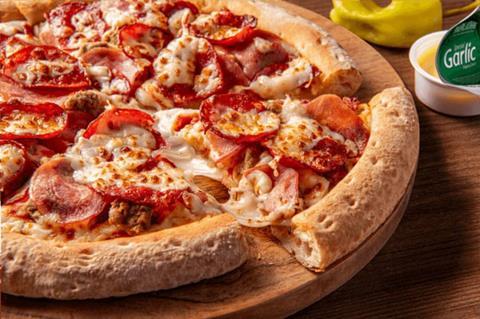
The growth strategy has aimed to lower supply chain costs through increased volume and improved operations in central production kitchens.
Last year, Papa Johns also closed over 70 of its underperforming UK sites.
The move allowed the business to “streamline operations and focus investment on high-performing sites”, says IGD’s Gallagher. At the same time, the pizza giant’s loyalty scheme, relaunched in February, is helping to “drive profitability across a more refined network”.
It has helped differentiate Papa Johns from rivals whose loyalty programmes are “surprisingly underdeveloped”, says Vanifatova.
Indeed, Domino’s only recently began trialling a loyalty scheme, which is set to roll out nationwide next year. Early results are positive: orders are up 10% among participants.
Read more:
-
Papa Johns returns to sales growth as Q2 results ‘exceed expectations’
-
Crosta Mollica adds Roman-style pizzas and Pizelle dough bites
-
Pizza Hut UK franchise owner appoints new CEO
How can pizza delivery firms remain competitive?
In a market leaning heavily on discounts, meal deals and limited-time offers, it shows loyalty is “key to retaining customers and driving long-term value”, says Gallagher.
Established pizza brands can also learn from newer fast food players in areas like fried chicken, where social media is used to great effect, she says.
“Collaborations with influencers can attract new audiences. AI-driven personalisation and robotic or drone delivery also offer exciting ways to differentiate.”
Through improved loyalty and digital offers, big pizza delivery players could still gain a bigger slice of market share. However, Gallagher warns “those who adapt fast will lead the next wave of growth”.


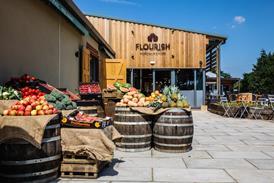
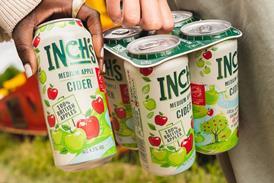

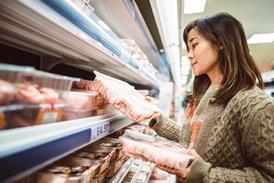
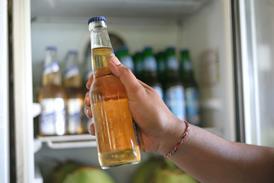
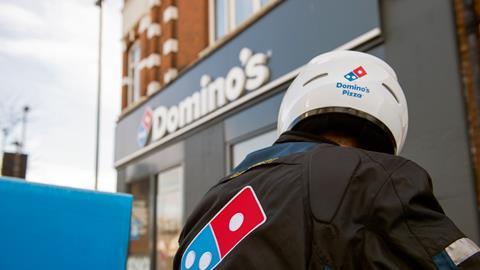
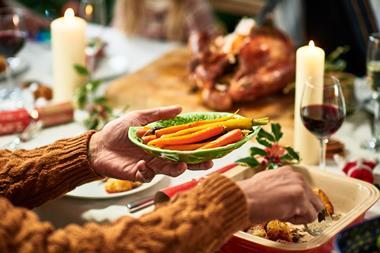
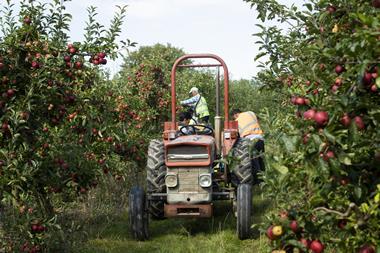

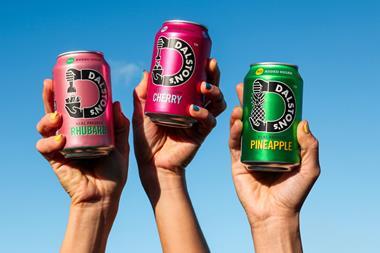
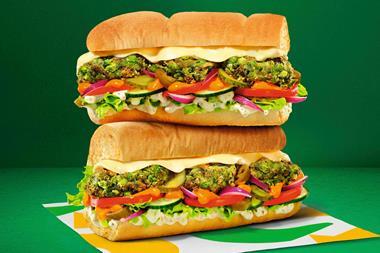
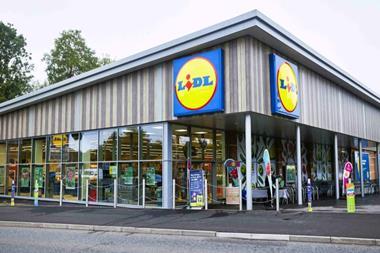

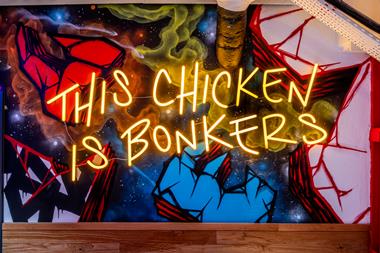
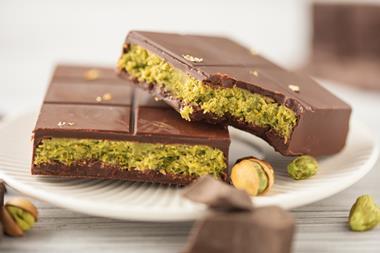

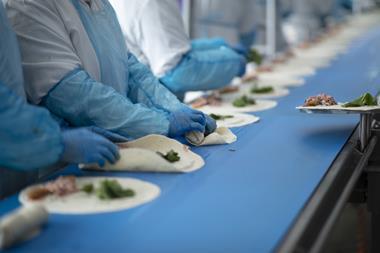

No comments yet